
Position of gas cylinders
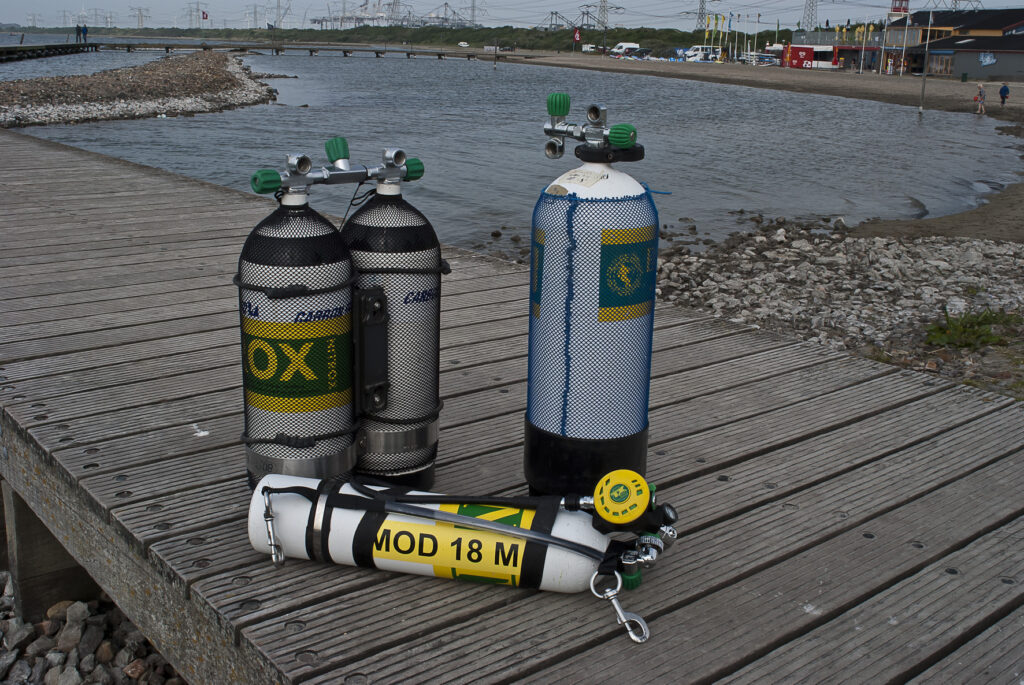
The position of gas cylinders is largely determined by the application of the rebreather. We distinguish between land-based use and underwater use. Land-based use generally involves equipment used in hazardous atmospheres. This mainly involves requirements for being able to pass through narrow passages or exposure to extreme conditions.
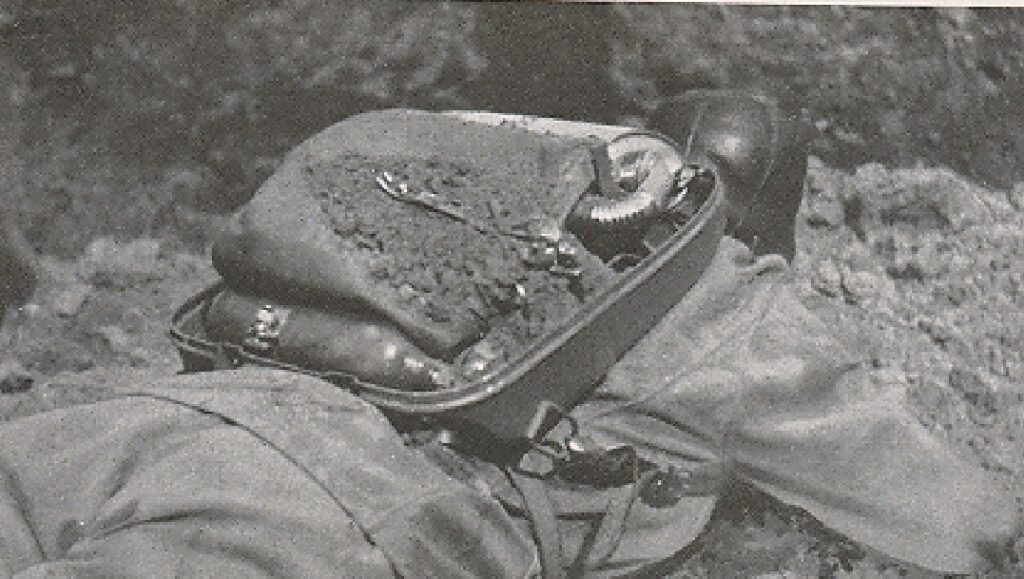
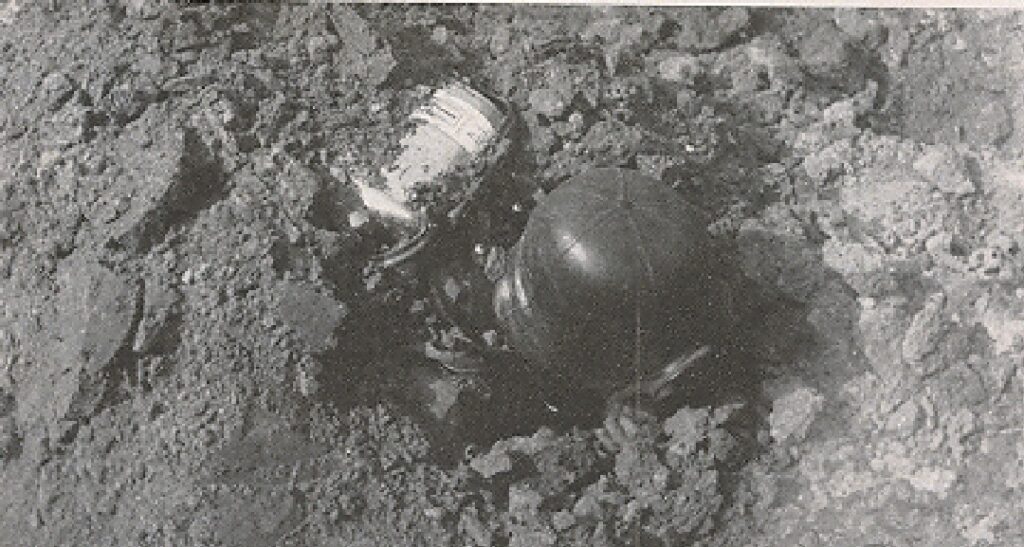
For land-based use, generally only an oxygen cylinder that rarely exceeds 3 litres is used. In mining, rescue systems are being developed that do not need oxygen at all because they produce it themselves (see: https://newwebsite2019.therebreathersite.eu/selfrescue-system-ka30-ka60/ ). For land applications, we see three common configurations, carried on the back, carried on the hip and carried on the chest.
Underwater applications differ from land-borne systems mainly because they require larger amounts of gas. For oxygen diving, this is the case to a lesser extent but then also the dive depths are more limited. If diving deeper than 6-10 metres, a second gas will have to be carried. For dives down to around 30 metres, two small cylinders, often of 3 litres, will suffice and can also be used for open-circuit ascent. Diving deeper will require carrying extra gas as a bailout, often worn on the hip (see: https://newwebsite2019.therebreathersite.eu/stages-adding-safety/ ). Generally, modern rebreathers will have two inboard cylinders worn on the back. For deep dives, 2, 4 or, in extreme situations, 6 sidemount cylinders are carried. If 4 or 6 cylinders are necessary, a sidemounted rebreather that provides redundancy if the master rebreather fails is often looked at these days.
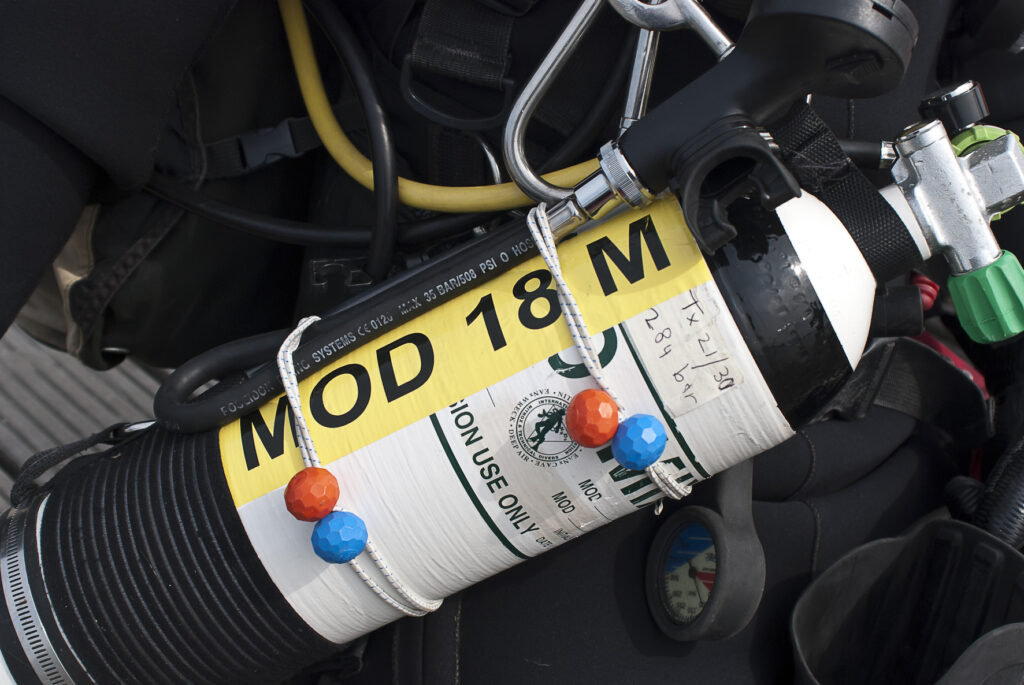
In some chest-worn systems originally intended for oxygen, we sometimes see a back-pack with additional gases to allow deeper diving. (Example LAR – French).

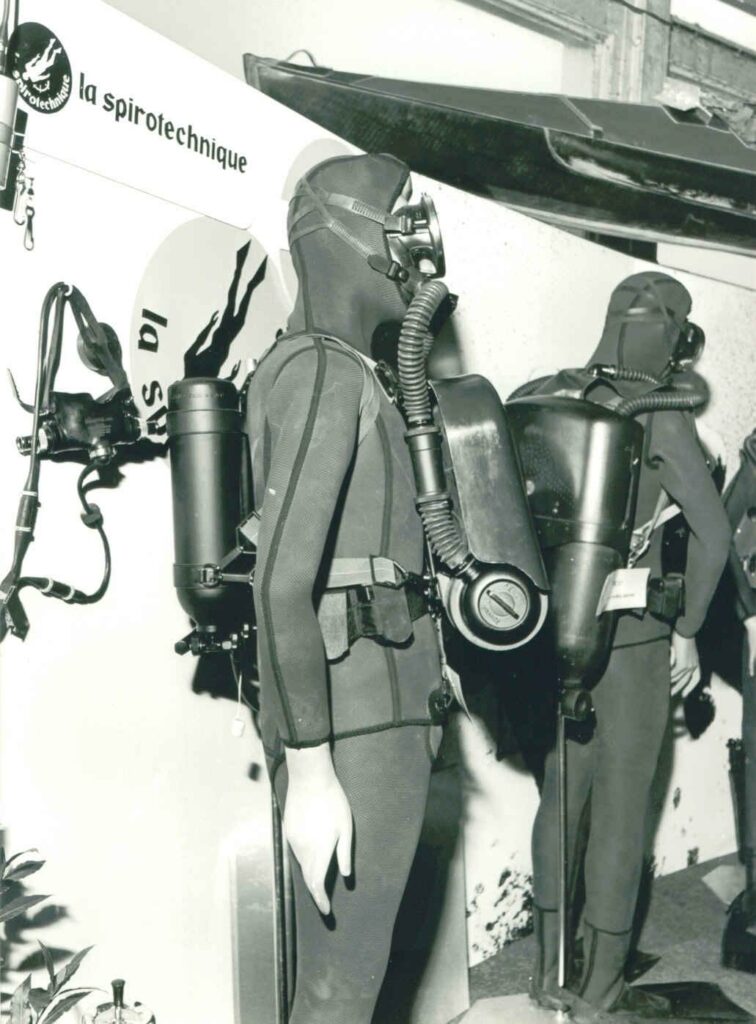
Another technique is to place stations at the dive site where gas can be taken. These stations can be habitat or gas stations.
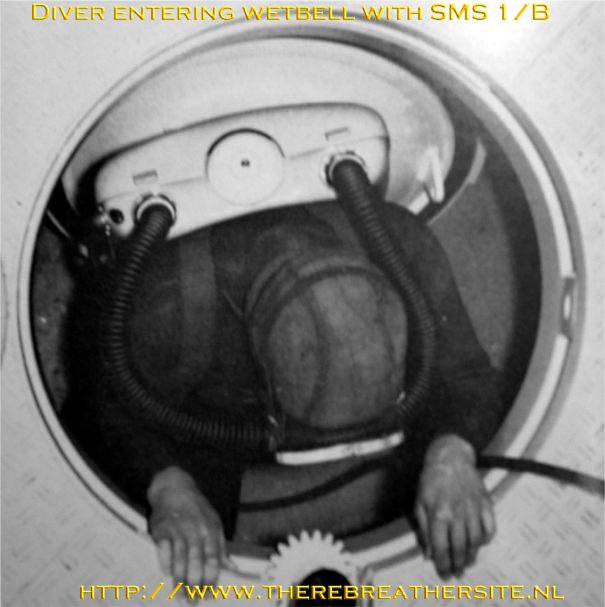
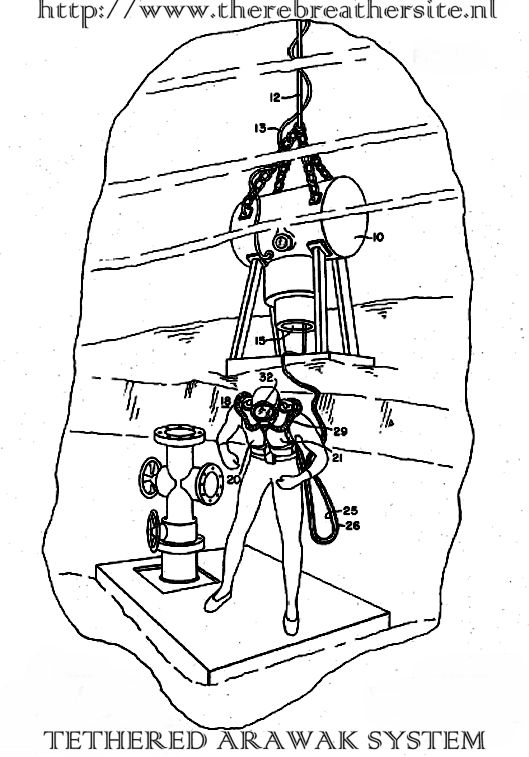
There are also techniques where the gaseous mixture is replaced by liquid oxygen. This technique is again under development and back on the scene.
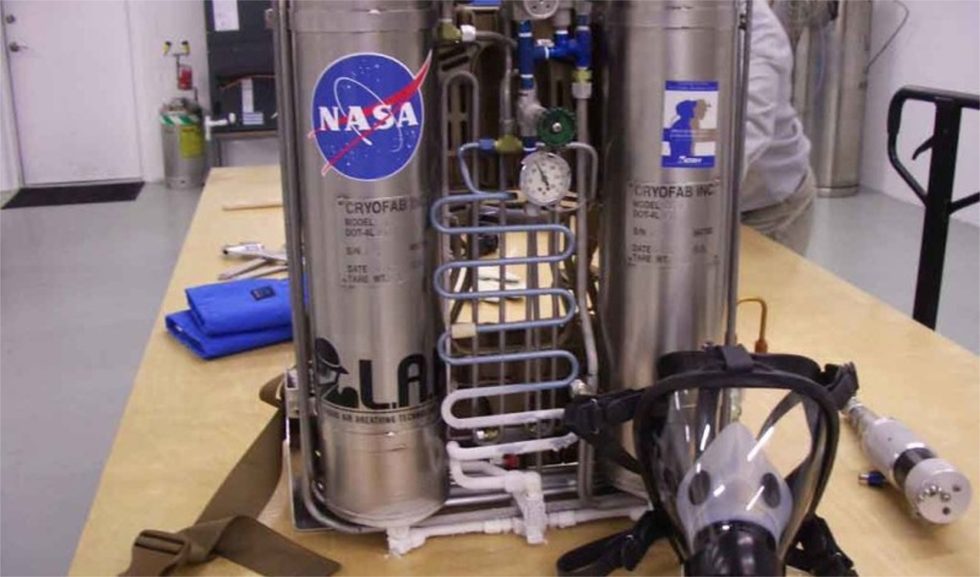
There is a trend to compress gases more. So instead of using cylinders with 200 bar, we use cylinders with 300 bar or even more (tyfco). This trend has developed in the sportdiving world to the level of 300 bar.
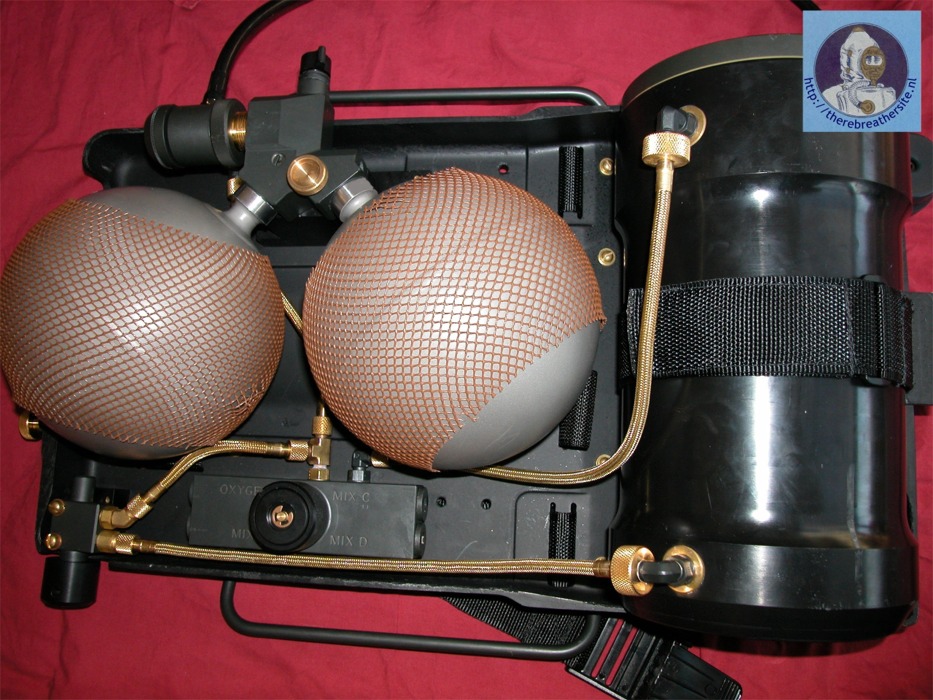
People will always be looking for alternatives to have a breathable mixture available underwater. It is expected that small steps will be taken in this, but eventually techniques will improve and reliability will increase.
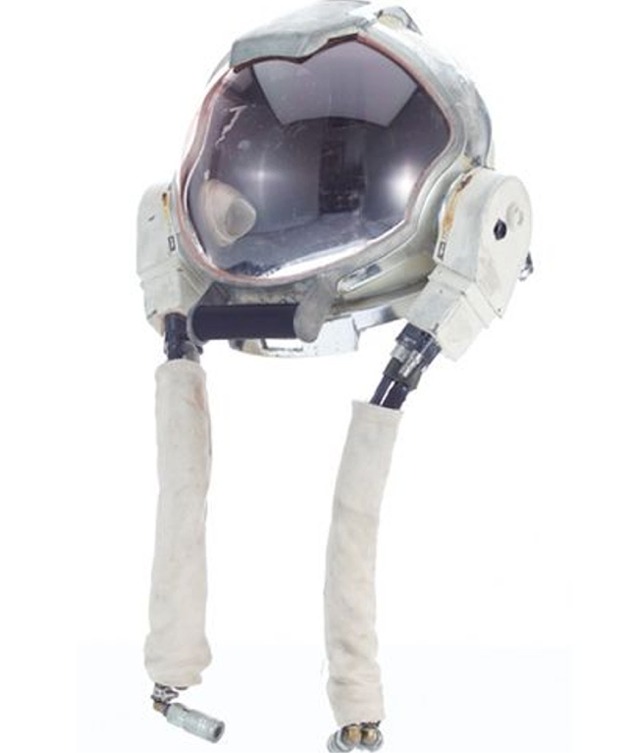

Therebreathersite was founded by Jan Willem Bech in 1999. After a diving career of many years, he decided to start technical diving in 1999. He immediately noticed that at that time there was almost no website that contained the history of closed breathing systems. The start for the website led to a huge collection that offered about 1,300 pages of information until 2019. In 2019, a fresh start was made with the website now freely available online for everyone. Therebreathersite is a source of information for divers, researchers, technicians and students. I hope you enjoy browsing the content!
